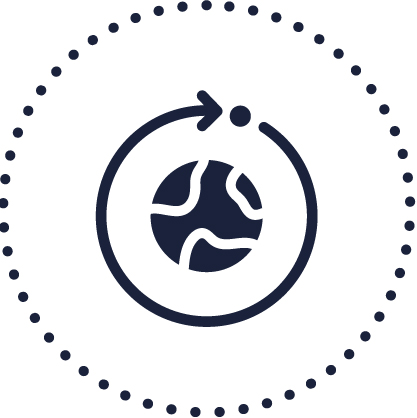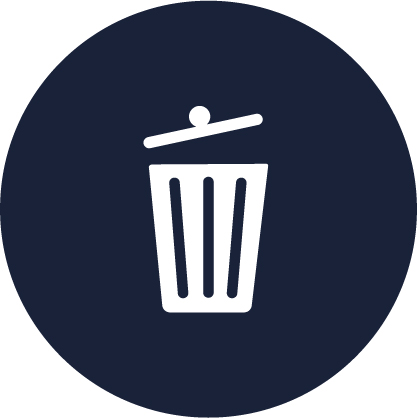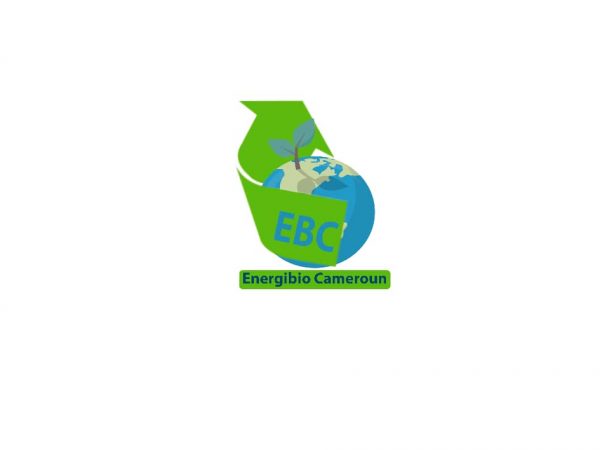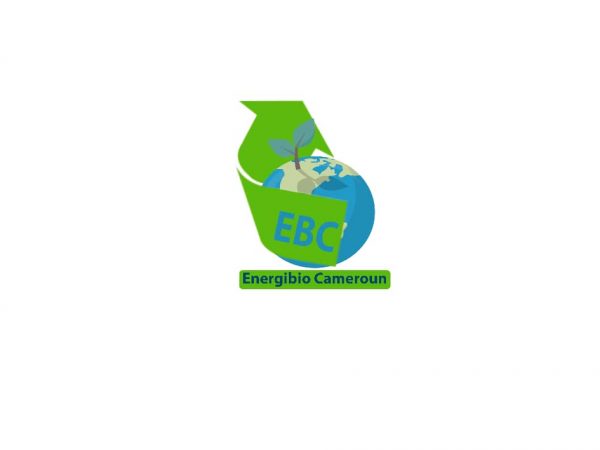
From Organic Waste to Biogas
The organization aims to help people to valorize their organic waste to produce biogas that will be used for cooking and lighting by providing them with a biodigester that will transform their waste by fermentation.

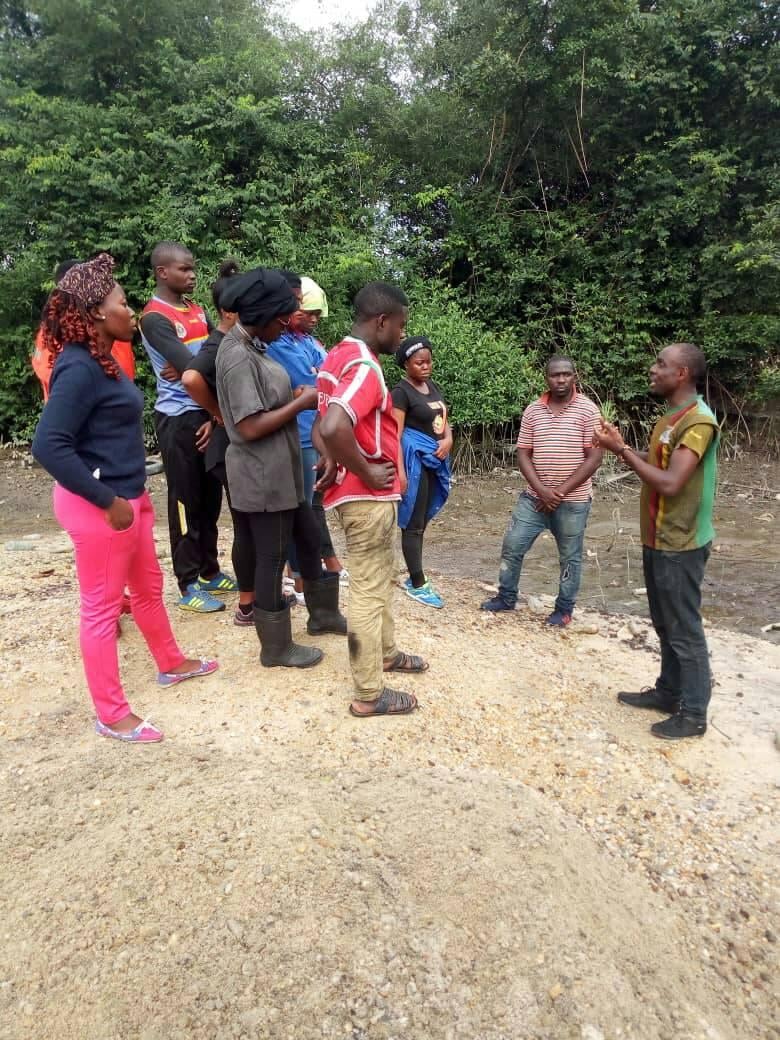
Overview of the project
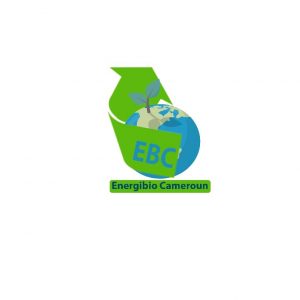
- Waste collection
The collection represents all the operations of removal of the waste present in the containers envisaged for this purpose to forward them then towards a place of sorting, treatment or storage (CITEC, 1999). - Waste sorting and grading
Waste sorting and selective collections are actions that consist of separating and recovering waste according to its nature, at the source, to avoid contact and contamination. This allows them to be given a “second life”, most often through reuse and recycling, thus avoiding their simple destruction by incineration or abandonment in landfills and consequently allowing the ecological footprint of waste to be reduced.
Sizing consists of separating the same type of waste according to its density. - Seeding
Once sorted and calibrated, the waste will be introduced into a digester to be fermented, the content is heated and bacteria will be added to the mixture to accelerate the fermentation process. - The conditioning of the gas
Once formed, the biogas will be conditioned in balloons or bottles designed for this purpose and stored to be sold to the needy.
Conditioning of the fertilizer
The formed digestate must be dried and then packaged in 50 kg bags to be sold to farmers and breeders to boost their various activities.
The organization aims to help people to valorize their organic waste to produce biogas that will be used for cooking and lighting by providing them with a biodigester that will transform their waste by fermentation.
Ongoing research
Ongoing project
200 young people were trained in biogas waste treatment techniques on the outskirts of Douala, where the population uses mangrove wood as fuel.
Five tons of wet waste, from pig manure, cow dung and household waste, produced 600 kg of biogas that was distributed to the youth, or 265 m3. The 600 kg of methane produced prevented the emission of 2550 kg of CO2 equivalent into the atmosphere.2.5 tons of biofertilizers were produced to improve the yields of the farmers in the area and to limit the use of chemical fertilizers, which are sources of N2O emissions, which have a global warming power 298 times greater than that of CO2.
Reduction of the use of chemical fertilizers in the fields
Improvement of the living conditions of the population through the provision of jobs.
We have not yet received any funding
organisation

- Activity 1: Training and sensitization of young people to biogas production;
- Activity 2: Construction and installation of prototype biodigesters for biogas production
- Activity 3: Collection, treatment, the transformation of organic waste from plant and animal sources; production and storage of biogas;
- Activity 4: Raising awareness among young people on the usefulness of living in a healthy environment.
in collaboration

